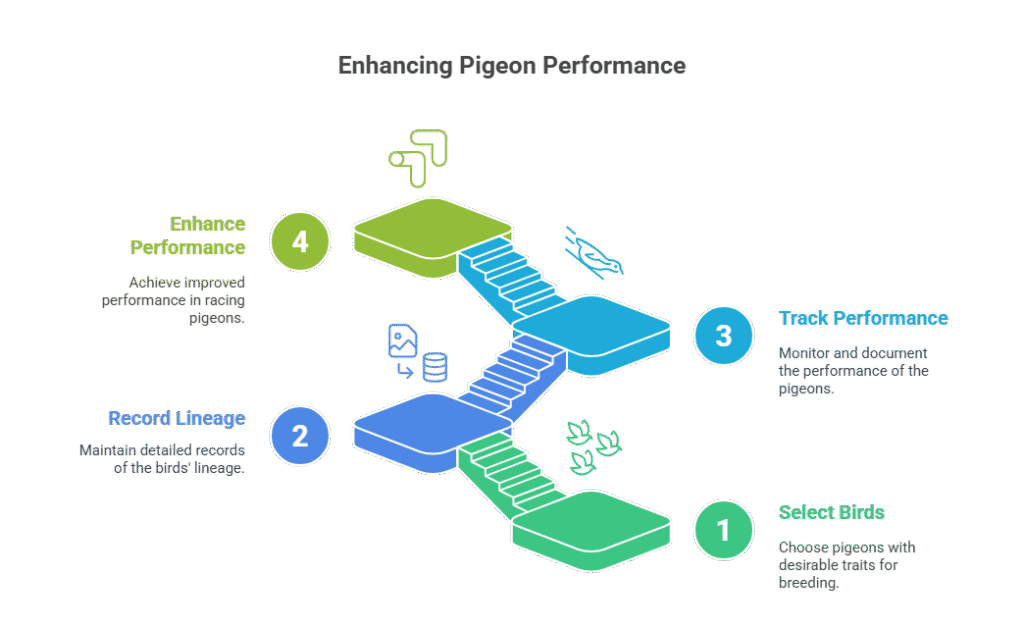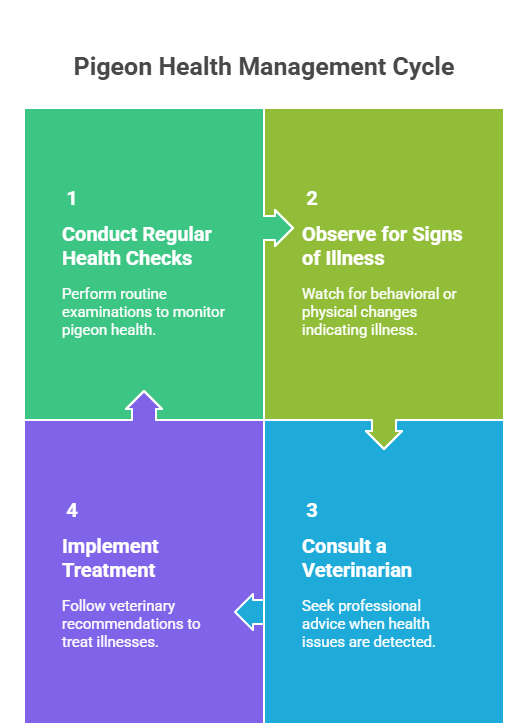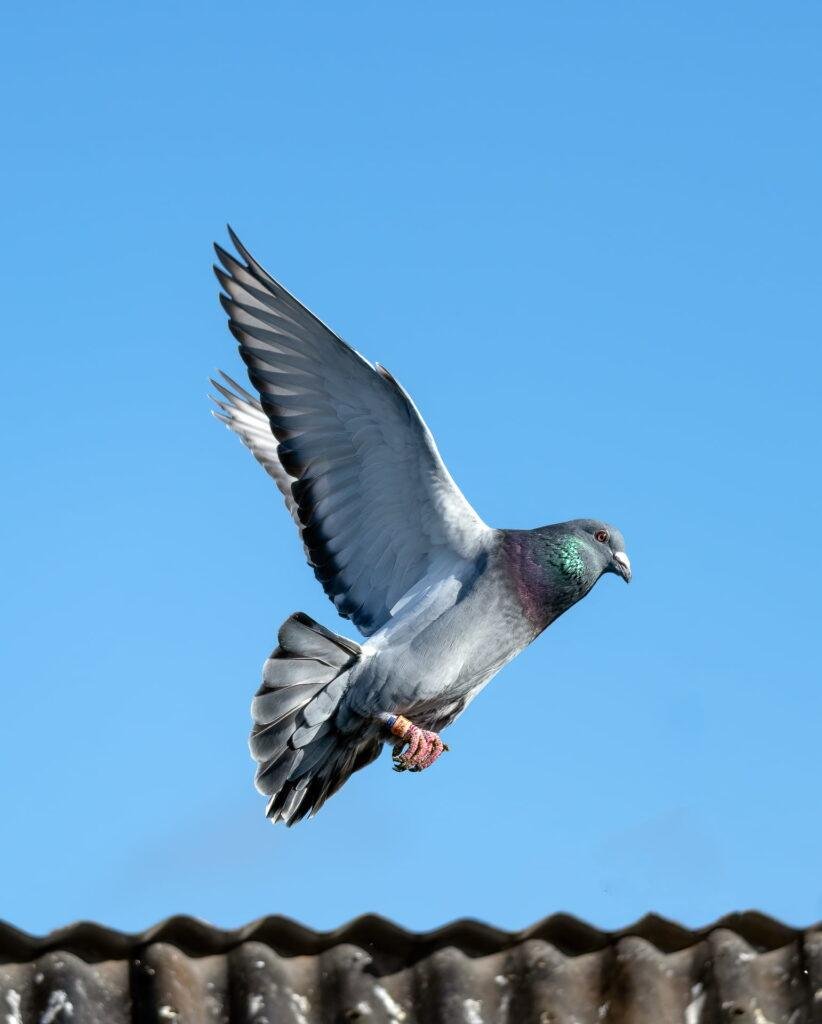Unlock the Secrets: 10 Game-Changing Loft Flying Tips for Young Racing Pigeons
Introduction:
Are you ready to take your young racing pigeons to new heights? Whether you’re a seasoned fancier or just starting out, mastering the art of loft flying is crucial for developing strong, competitive birds. In this comprehensive guide, we’ll reveal the top 10 loft flying tips that will transform your young racers into champions. Get ready to soar above the competition and watch your flock thrive!

Start with a Solid Foundation
Before your young pigeons take to the skies, ensure they have a strong foundation. Begin with short, supervised sessions outside the loft when they’re around 4-6 weeks old. This early exposure helps them familiarize themselves with their surroundings and builds confidence.
Q: When should I start loft flying my young pigeons? A: Ideally, begin around 4-6 weeks of age with short, supervised sessions.
Establish a Consistent Routine
Pigeons thrive on routine. Set a regular schedule for loft flying, ideally twice a day – morning and evening. This consistency helps your young birds develop a strong homing instinct and improves their overall fitness.

Use a Settling Cage for Safety
A settling cage is an invaluable tool for introducing young pigeons to the outside world. Place it near the loft entrance and allow your birds to observe their surroundings safely. Gradually increase their time in the cage before letting them fly freely.
Implement the Flagging Technique
Flagging is an effective method to encourage your young pigeons to take flight. Use a lightweight pole with a flag attached to gently coax your birds into the air. This technique helps build their flying muscles and confidence.
Q: How long should I flag my young pigeons? A: Start with 5-10 minutes per session and gradually increase to 20-30 minutes as they grow stronger.
Introduce Progressive Distance Training
Once your young racers are comfortable flying around the loft, begin increasing their flying distance. Start with short flights of 100-200 meters and gradually extend to longer distances. This progressive approach builds endurance and strengthens their homing abilities.
Incorporate Whistle Training
Associate a specific whistle or call with feeding time. This powerful tool will help you recall your birds during loft flying sessions. Consistency is key – use the same sound every time you feed them.
Monitor Weather Conditions
Young pigeons are more vulnerable to harsh weather. Always check the forecast before loft flying and avoid releasing your birds in strong winds, heavy rain, or extreme temperatures. Ideal conditions include clear skies and light breezes.
Q: What wind speeds are safe for young racing pigeons? A: Generally, wind speeds under 15 mph (24 km/h) are considered safe for young birds.
Provide Adequate Nutrition and Hydration
Proper nutrition is crucial for developing strong, healthy racers. Offer a balanced diet rich in proteins, carbohydrates, and essential vitamins. Ensure fresh water is always available, especially after flying sessions.
Implement Single-Sex Flying
As your young pigeons mature, consider flying males and females separately. This approach reduces distractions and helps maintain focus during training sessions. It’s particularly important as the breeding season approaches.
Keep Detailed Records
Maintain a logbook to track each bird’s progress, flying times, and behavior. This valuable information will help you identify strengths and weaknesses in your flock, allowing for targeted training and breeding decisions.
Q: What information should I record in my logbook? A: Include flying duration, weather conditions, individual bird performance, and any notable observations.
Conclusion:
Mastering these top 10 loft flying tips will set your young racing pigeons on the path to success. Remember, patience and consistency are key. As you implement these strategies, you’ll witness remarkable improvements in your flock’s strength, speed, and homing abilities. Stay committed to your training regimen, and soon enough, you’ll be celebrating victories at the finish line. Happy flying!

